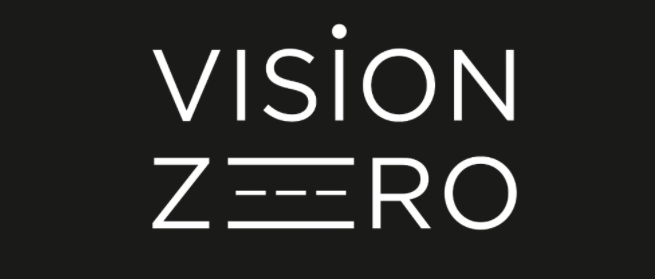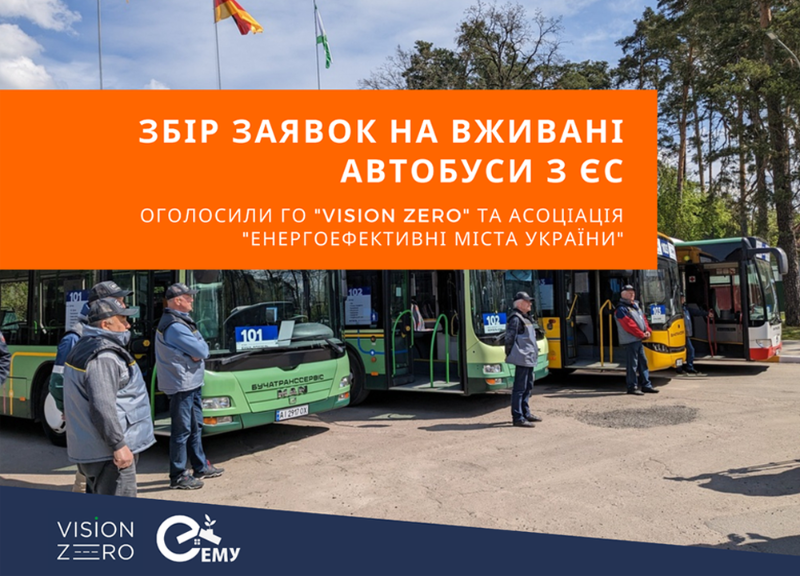In Ukraine, a survey of territorial communities about the need for humanitarian buses is starting. This initiative was launched by the non-governmental organization "Vision Zero" and the Association "Energy-Efficient Cities of Ukraine" (AEMU) in order to assess the demand for used (humanitarian) buses for the communities of Ukraine and establish communication with potential providers of vehicles in European countries.
Used buses from German cities now connect the settlements of the Buchansk community. Photo: "Buchanski Novyny" newspaper , (printed organ of Buchanska city territorial community)
"In the conditions of martial law, many cities of Ukraine are limited in investments in the development of public transport. The way out of this situation, albeit temporary, is humanitarian aid from European municipalities. Some communities, in particular large cities or those cities that suffered from the occupation, have already received and continue to receive used buses from Europe, which are quite suitable for use on city and suburban routes. Our initiative is designed to encourage the leaders of territorial communities to more actively involve humanitarian buses from Europe and improve urban transportation with their help," said Sviatoslav Pavlyuk , executive director of AEMU .
In order to submit an application for receiving used (humanitarian) buses from European countries, heads of territorial communities need to fill out a special electronic form. "Filling out the questionnaire is a voluntary notification of potential interest and does not oblige you to receive it in the future," says the preamble to the online form. The questionnaire provides for the collection of information about the population in the community, the availability of a utility carrier, the required number of buses and their type (small, medium, standard or increased capacity).
The electronic form for applying for used buses for utility companies of Ukraine is available at the link.
"The destruction of power generation facilities by the aggressor state has increased the problems in the field of transport as well, and buses are now also needed as replacement transport on trolleybus and tram routes. As a public organization, we would like to understand approximately how much the need for buses still exists and prove this information to the transport associations in the EU. We do not know how many buses in decent condition are available in the EU. But those who do not ask, do not receive. Our goal is to find out about it, and in the case of positive answers, as well as in the case that the proposed buses still have a working resource, then help the communities to get the vehicles they need," said Viktor Zagreba , chairman of the board of the "Vision Zero" NGO.
Humanitarian buses on city routes
After the de-occupation of Kyiv Region, Chernihiv Region, and Sumy Region in the spring of 2022, some cities in these regions began to receive used buses from friendly European countries as humanitarian aid. This allowed them to improve the level of public transport and create an alternative to public electric transport during power outages in late 2022 - early 2023. For example, Kyiv received more than 100 used buses from European cities, Chernihiv received more than 10 units, etc.
Some cities, with the help of used European buses, managed to organize passenger transportation, which before the full-scale invasion was either absent or carried out by small-capacity vehicles of private carriers. In particular, in the summer of 2022, Bucha received the first buses from the German cities of Dresden and Bergisch-Gladbach. For their operation, in November of the same year, a communal carrier - "Buchatransservice" - was created in the Buchansk territorial community. The new enterprise started its activities in May 2023 on four routes connecting Bucha with other settlements of the community.
At the same time, as noted by the NGO "Vision Zero", the use of used buses from European cities, received as humanitarian aid, is not regulated in Ukrainian legislation, which creates legal obstacles for the operation of the received vehicles on the routes. In order to resolve this issue, in April of this year , draft law No. 11165 was submitted to the Verkhovna Rada of Ukraine. Public organizations and communities are waiting for the adoption of this or a similar law that will allow the use of buses on routes with the collection of fares.





